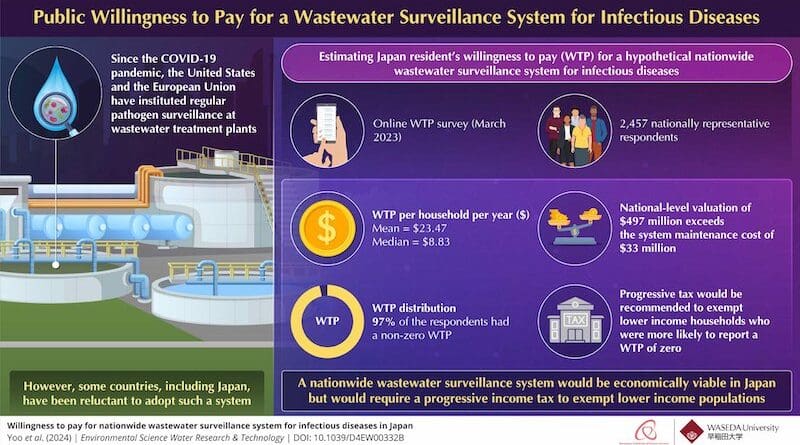Russia-Africa Cooperation: Current Outlook And Future Perspectives – OpEd

Dar es Salaam, Tanzania. Photo Credit: Peter Mitchell/Unsplash
With a wide scope of its academic and research operations, encompassing the United States through Europe down to entire Asian-Pacific region, the reputable and world-known Russia’s Valdai Club has moved down to Africa, which currently becomes the battle field for key global players and constitutes a significant part of the Global South. Worth to note that Valdai Club has previously wrapped up several aspects of policy reports on Africa and its future position in the global system.
The Valdai Club has intensified and broadened, over the past decade, its analytical studies through meetings, seminars and conferences on the geopolitical changes and, at periodic times, issued policy reports predicting the future. The Valdai Club does these within the context of emerging evolutionary processes of what is often referred to the ‘end of unipolarity’ and the ‘new multipolarity’ of this 21st century.
According to authentic reports, the Valdai Club, with a glimmer of stainless hope, plans to engage well-experienced experts, academic researchers, diplomats, entrepreneurs and regional stakeholders in Dar es Salaam, capital of Tanzania in East Africa. As expected, participants will converge on 24th July 2024 to thoroughly review, at this critical moment for the continent, the template of the multifaceted relations between Russia and Africa, particularly significant issues arising from the late July 2023 summit held in St. Petersburg and also consider some aspect of outstanding joint agreements reached at the first Russia-Africa summit in October 2019.
Undoubtedly these enthusiastic participants would step forward to take a critical look at how Russia has to leverage with its technology and innovation unto African landscape while focusing on areas such as energy, agriculture, industrialization and infrastructure development. Already African leaders appreciate the fact, as it was during the Soviet times, that Russia is currently training specialists for Africa.
During the discussions, participants would definitely bring fresh perspectives and innovative ideas essential for tackling long-standing issues relating the challenges of economic development across Africa. Notwithstanding, one thing for sure, experts have suggested a number of strategic ways, including a more inclusive approach towards realizing policy issues that could become visible and symbolic achievements in the continent.
With current geopolitical trends at the background, Valdai Club titled its discussion theme: Russia – Africa: Strategy for Cooperation in a Multipolar World. According to confirmed sources, its partners in organizing the conference are the Embassy of the Russian Federation in Tanzania and the Russian House in Dar es Salaam. It is Valdai’s second conference, and would probably take more than 40 experts from Russia and East African countries. The conference will compare positions on the entire cycle of roadblocks and challenges, and bring them to where Russia and African countries can apply well-refined approaches and implement the paths of development in practical politics.
As the organizers told this article author, this conference would allow experts to prepare preliminary notes and begin planning for the third Russia-Africa summit – 2026, which would be held in Africa. Andrey Bystritskiy, Chairman of the Board of the Foundation for Development and Support of the Valdai Discussion Club, Andrei Avetisyan, Ambassador Extraordinary and Plenipotentiary of the Russian Federation to the United Republic of Tanzania, both will moderate the conference along the following themes: (i) A year after the Russia-Africa summit: political dialogue between Russia and African countries at the present stage; (ii) Cooperation for development: economics and technology; (iii) Russian and African approaches to climate change; and (v) Shared values and cultural cooperation.
An international team of authors has prepared a new Valdai Club report especially for the conference, titled “Prospects and tasks of Russian-African cooperation”, which summarizes the first results of decisions made and agreements signed a year after the Russia-Africa summit in St. Petersburg, as well as a Valdai Paper: “Tanzanian virgin soil for Russian business. Prospects for cooperation in the agricultural sector.”
Among the foreign guests who will take part in the conference are: Nourhan ElSheikh, Professor of Political Science at Cairo University (Egypt); Dareskedar Taye, leading researcher at the Institute of International Relations of the Ministry of Foreign Affairs of Ethiopia (Ethiopia); Mikatekiso Kubayi, Institute for Pan African Thought and Conversation, Doctoral Candidate, Political Studies, University of Johannesburg (South Africa); Binilit Mahenge, Chairman of the Tanzania Investment Centre (Tanzania); Yvonne Msemembo, international news editor for ITV/Capital TV at IPP media company (Tanzania); Aldin Kai Mutembei, Professor of the University of Dar Es Salaam (Tanzania); Petro Pesha, Professor of the Dar es Salaam Institute of Technology (Tanzania) and many others.
Participating on the Russian side are: Andrey Avetisyan, Ambassador Extraordinary and Plenipotentiary of Russia to Tanzania; Irina Abramova, Director of the Institute of African Studies of the Russian Academy of Sciences; Viktoria Panova, Vice-Rector of the National Research University Higher School of Economics, Sherpa of the Russian Federation in the Women’s Twenty (W20); Anastasia Likhacheva, Dean of the Faculty of World Economy and International Politics at the National Research University Higher School of Economics; Yuri Korobov, member of the General Council of the all-Russian public organisation “Business Russia”, president, chairman of the board of directors of JSC “Berega”; Andrey Maslov, Director of the Centre for African Studies at the National Research University Higher School of Economics; Maya Nikolskaya, researcher at the Centre for Middle Eastern and African Studies at MGIMO; Andrey Bystritskiy, Chairman of the Board of the Foundation for Development and Support of the Valdai Discussion Club; Fyodor Lukyanov, research director of the Valdai Discussion Club; Oleg Barabanov, programme director of the Valdai Discussion Club and others.
In this author’s pragmatic assessment, the Russia-Africa relations have become more substantive, and it is steadfastly strengthening over the past few years. Russia’s efforts to reinforce its positions in Africa creates new opportunities for the continent. The same holds the other way around. In dealing with future perspectives there is the necessity to underscore one strong point here that the multipolar is fast opening new opportunities, and we have to show much enthusiasm and passion to celebrate the death of ‘authoritarianism and exceptionalism’ of the collective west and the United States.
The Valdai Club has also echoed this trend based on on the results of the conference events, with participation of both Russian and foreign experts, since the first Russia-Africa Summit. In a wrap up to this discussion, Russia and Africa are balancing their relationships in the geopolitical power theatre and Valdai Club, among others, has made tremendous impact by shaping aspects of the bilateral relations and the foreign policy. The Valdai Discussion Club, a Russian think tank, was established in 2004.

Kester Kenn Klomegah is an independent researcher and a policy consultant on African affairs in the Russian Federation and Eurasian Union. He has won media awards for highlighting economic diplomacy in the region with Africa. Currently, Klomegah is a Special Representative for Africa on the Board of the Russian Trade and Economic Development Council. He enjoys travelling and visiting historical places in Eastern and Central Europe. Klomegah is a frequent and passionate contributor to Eurasia Review.










